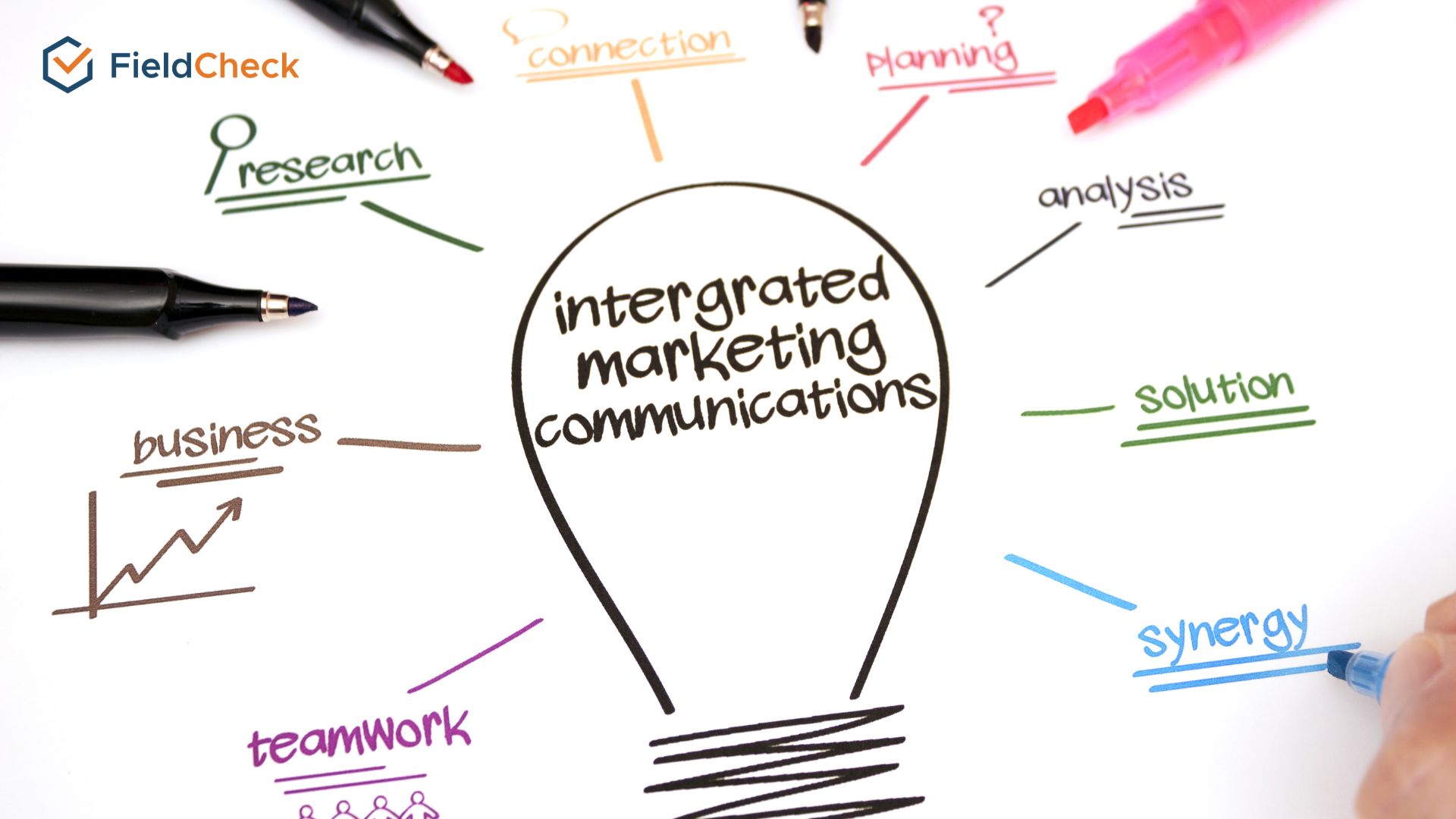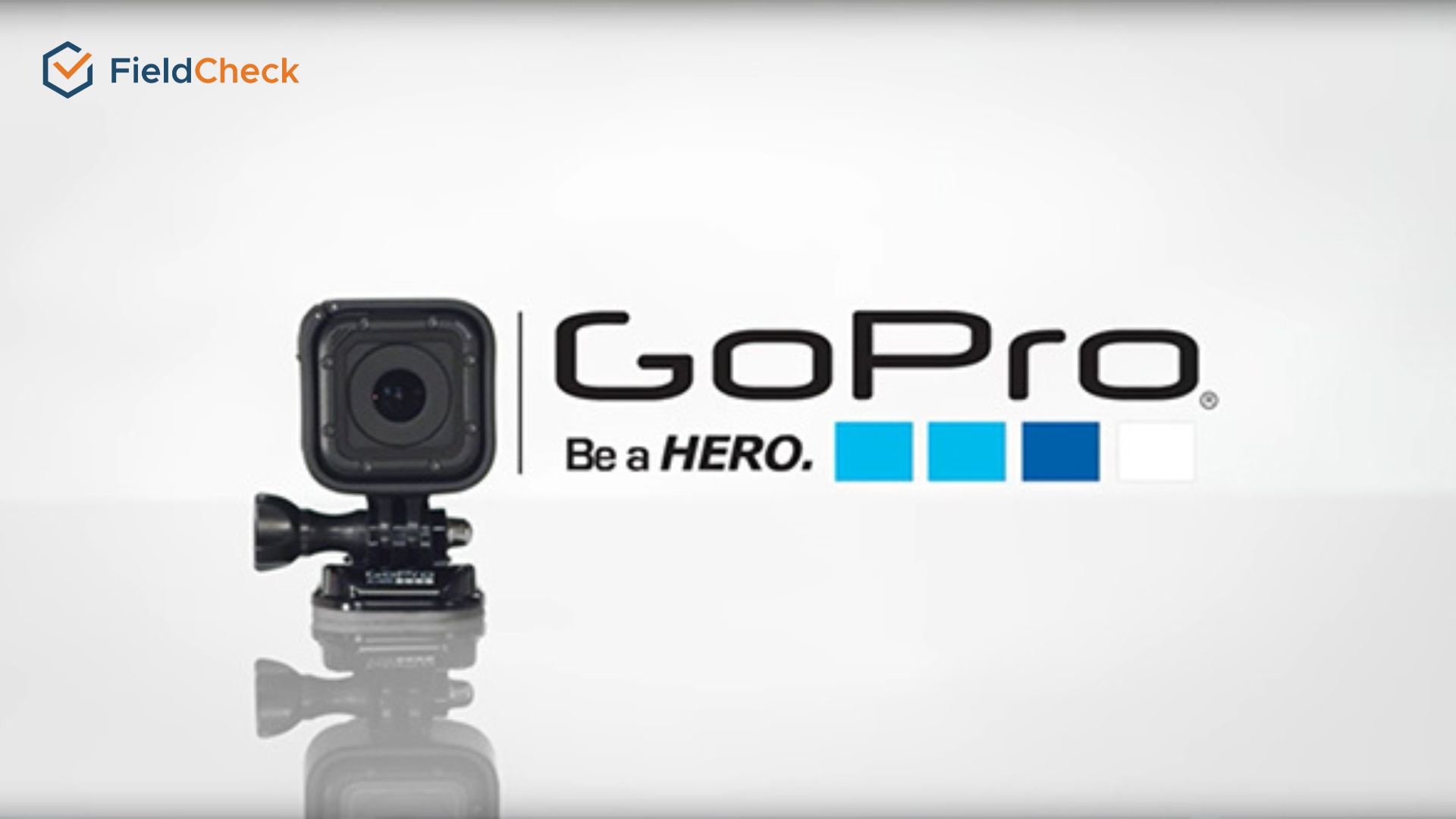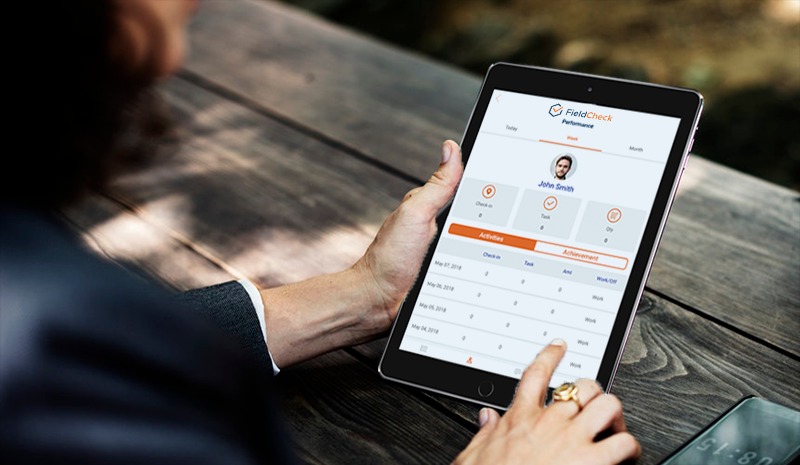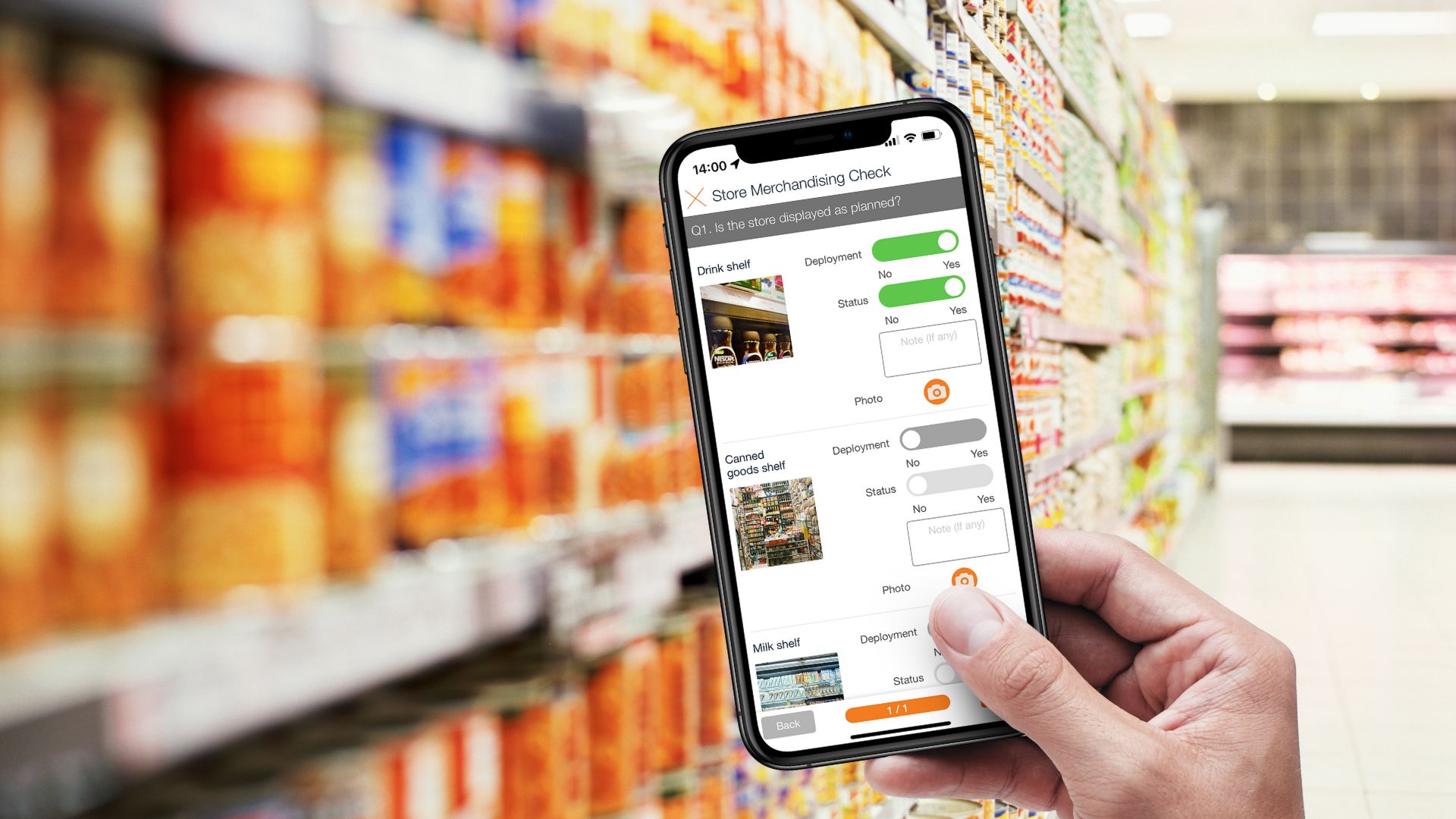6 Steps To Planning Integrated Marketing Communications (IMC)
The integrated marketing communications (IMC) strategy has become a popular concept among businesses and marketers. The reason is that it will help the subsequent implementation process go more smoothly and on schedule.
IMC involves all marketing activities to help businesses convey what the brand wants to say. The question is, how to plan integrated marketing communications thoroughly?
FieldCheck has studied the steps to building a good plan of marketing communications. Let's find out in today's article.

Integrated Marketing Communications
The Concept Of IMC
Integrated marketing communications (IMC) includes all marketing activities that are coordinated and closely linked to convey clear, consistent, persuasive, and transparent messages to target customers.
IMC selectively combines marketing communication tools with the company's existing human resources to optimize reaching potential customers at a reasonable cost.
6 Steps On How To Plan Integrated Marketing Communications
To have an effective IMC strategy, it is essential to have a detailed and careful integrated marketing communication plan. In other words, designing and managing integrated marketing communications is an inevitable task in a marketing strategy. The more carefully the planning, the higher the success rate.
Step 1: Apply the SMART model to define goals
The first thing to do in setting up an IMC plan is to use the SMART model to help define the exact goals for the strategy.
The SMART model includes:
- Specific: Specific
- Measurable: Measurable
- Achievable: The ability to achieve
- Realistic: Realism
- Timely: On time
When using the SMART model to define an IMC strategy, you can determine the effect that can be achieved. Additionally, you can also evaluate the results of marketing activities according to the criteria set out.
Still, there are two criteria that need to be met: Achievable and Realistic. The reason is that without these criteria, the plan can hardly succeed due to the loss of feasibility and reality.
Step 2: Identify your target audience
Target customers have the same demographic characteristics, suitable for the products/services the business provides. It could be a group of customers who directly learn online.

Businesses need to identify the target customer group accurately
Therefore, businesses need to grasp customers' habits and specific consumption behaviors. In addition, it is necessary to know the assessment of the ability of customers to spend money for the product/service that the business provides.
Identifying the right target customer groups will help businesses deploy the right and appropriate marketing plans. In addition, businesses can also combine many different channels to target potential customers.
Some basic marketing principles are followed when setting up a target audience.
In theory and research
Conduct analysis and data collection on a certain scope. It should be noted that the amount of data collected needs to be related to general and objective indicators.
Research & analyze competitors to be able to know which part of the customer group both businesses and competitors want to target.
In practice
Some things businesses can do before implementing any marketing campaign:
- Market survey
- Consumer Observation
- Customer experience
- Learn media habits
- Customer psychology research
Step 3: Analyze target customer insights
Maybe you already know how to analyze insights that will discover your target customers' problems and behaviors. When thoroughly understanding customer insights, businesses can "hit the spot" what customer needs are.
Insight analysis will bring three main purposes as follows:
- Choose the right message for your target audience
- Optimize the performance of integrated marketing communication channels
- Stimulate customers' curiosity and excitement to experience products/services
Nevertheless, one small business that needs to pay attention to is that not all insights can provide all the necessary information for businesses and cannot be applied to everyone. Additionally, customers' psychology and buying behavior always change over time.
Therefore, marketers must consolidate their background knowledge and use flexibility to better capture customer psychology and behavior.
 Learn customer insights to understand customer thinking and behavior
Learn customer insights to understand customer thinking and behavior
Step 4: Forming an idea - Big idea
After conducting an insights analysis to deeply understand customer behavior and psychology, the next step is brainstorming suitable and high-potential marketing ideas to help solve problems.
This step is called idea generation, which may be referred to as the big idea. In any marketing campaign, a big idea is needed. It plays a key role in the campaign, orienting the activities to be implemented.

Big ideas are shown throughout the marketing campaign
Big ideas are also present in most campaigns so that the target customer group can understand what the business conveys. Some notes about big ideas that businesses need to know:
- The feasibility of the big idea, meeting the campaign's licensed budget
- There is a starting point from customer insight to be able to "hit the spot" customer needs
- Show a clear brand image so that customers can remember the business more
Step 5: Implementation process
The IMC plan should clearly state the implementation process to realize the campaign's big idea. You can create a list of questions like the following:
- Budget and time spent on each campaign stage
- What is the main activity in the campaign?
- How does support work?
In addition, businesses can refer to the three core stages: trigger, engagement, and amplified. However, the busy nature of work today is reducing the rate of full implementation of all three stages.
Step 6: Predict the effectiveness of the IMC campaign
When planning, probabilistic estimates, and metrics are also important. It is a step to help businesses have an overview of the expected results when implementing the plan. This can also be seen as a KPI to help campaign staff try to exceed the numbers envisaged in the plan.

Predict the impact of the campaign on consumers
Therefore, when planning any integrated marketing communication plan, the responsible person also needs to add the step of predicting the campaign's metrics and success rates to optimize performance.
IMC Strategy Application Case Study
"Di de tro ve" (Go to Return) by Biti's
Biti's - a shoe brand familiar to Vietnamese consumers, has marked a successful return to the market thanks to the Go to Return campaign. This campaign has taken advantage of the debate of "go" and "stay" among many young people today.
After that, the brand launched a "go viral" music product to neutralize the flow of opinions (trigger phase). People travel to learn new things and cultivate spiritual values to make life more colorful, then return to appreciate what they have and the values they have just gained.

“Di de tro ve" campaign
By successfully understanding and combining communication channels in marketing, minimizing three stages into 1 (trigger), Biti's has touched consumers' hearts more, opening up sales potential for the brand.
Domino's AnyWare campaign
The famous pizza brand Domino's has successfully implemented an integrated marketing communication campaign called - AnyWare.
The brand has hit the customer's desire to eat when they are hungry by developing a system with various ordering options to suit the customer's situation.

Domino's AnyWare campaign
Accordingly, hungry customers can choose social networking channels, smart watches, smart TVs, or messages to place orders. In addition, pizza order records are also pre-set to help save customers' orders.
Domino's has attracted more than two million views in addition to a series of introductions to programs. The brand wins many pizza orders across digital platforms and devices.
Always with #LikeAGirl
Some studies show that girls at puberty tend to have worse self-esteem. This also coincides with the time that feminine care products began to appear in the lives of young women.
To curb high self-esteem among pubescent women, Always introduced the #LikeAGirl campaign, broadcast in multimedia.
 #LikeAGirl by Always
#LikeAGirl by Always
The campaign launched a video that is seen as a documentary, helping the brand win eight awards from UK organizations. Currently, the video has more than 65 million YouTube views and received countless positive comments from the community.
GoPro with Be a Hero
Understanding the emotional psychology of consumers, GoPro has launched the Be a Hero campaign to attract consumers' attention. GoPro has spread the beautiful scenes of each person's adventures.
In such memorable moments, GoPro has helped users capture what happened in real, clear, and from many different angles.

Be a Hero by GoPro
Through the videos, GoPro has conveyed that anyone who dares to follow their passion and live to the fullest is a hero. The campaign has spread the concept of living life to the fullest to consumers.
The brand also cleverly promotes camera products, action camcorders, and accessories in each video. Throughout the GoPro campaign, the message is very clear that heroes are all around us.
Wrapping Up
Above are the steps on how to plan integrated marketing communications (IMC), along with successful case studies that applied this strategy and achieved many positive results.
In short, to implement the IMC strategy, businesses need to take steps such as researching the SMART model, identifying customers, conducting customer insight research, big ideas, and demonstrating the actual process of visible and achievable results for the plan.
Through these steps, FieldCheck believes that businesses can get the IMC strategy right for their business.
See more: What is brand marketing?




